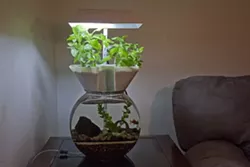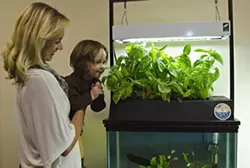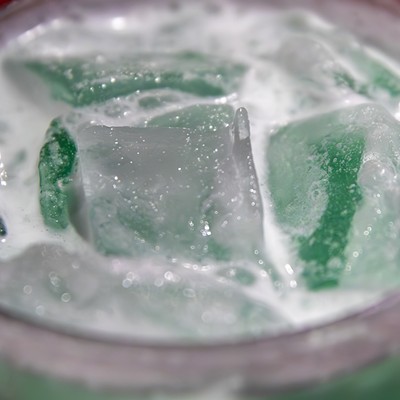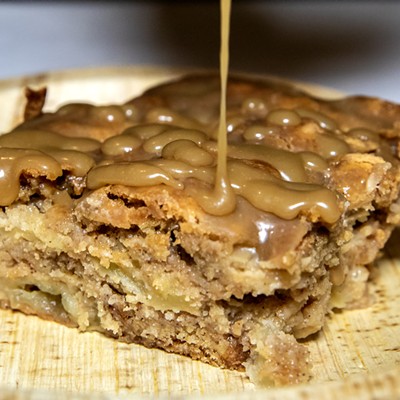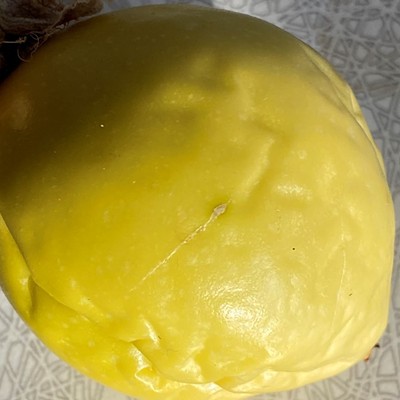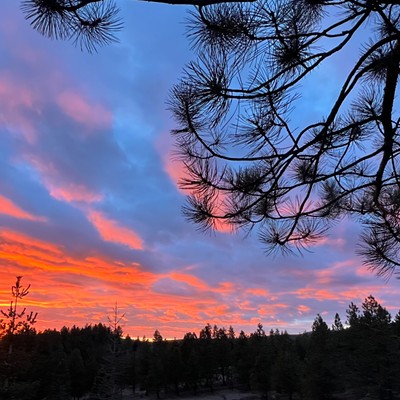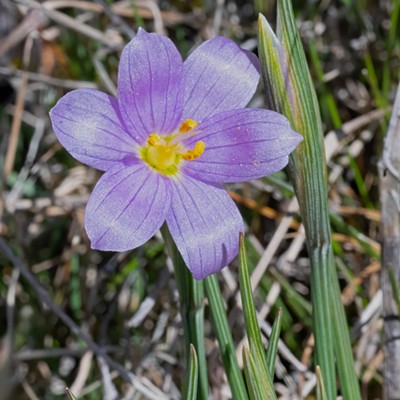By MICHELLE SCHMIDT/ INLAND360.COM
If you haven’t heard of aquaponics before, you’re not the only one. But that’s about to change. This ancient food-growing technology is gaining traction in modern agriculture. Saturday, Sept. 21, Jeanelle Miller, a Colfax resident who is finishing her MS in ecohydrology at the University of Idaho, will be teaching a workshop on what it is and how you can do it at home. We caught up with her to find out the basics:
360: What is aquaponics? How is it different from hydroponics?
Miller: Hydroponics grows plants suspended in nutrient enriched water. These nutrients are added by hand and monitored, and are usually petroleum based. Aquaponics uses water from fish rearing to supply the nutrients to the hydroponic plants. This in turn creates a kind of closed loop ecosystem where the fish provide nutrients to the plants and the plants filter and purify the water returning to the fish.
360: Is there an advantage of aquaponics over hydroponics?
Miller: Aquaponics is basically the organic version, or ecosystem approach, to hydroponics. The system is more stable, requires less monitoring, and allows the cultivation and harvest of fish in addition to food plants. Studies have also shown that plants grown in aquaponic systems are bigger and more robust than those grown hydroponically.
360: What does a person need to start an aquaponic system at home?
Miller: You can use your standard fish tank or bowl, some empty plastic water or pop bottles, and various accessories or even just large Tupperware or stock tanks. The first aquaponic growers simply grew plants on rafts floating on fish ponds. Strangely enough, going big is often more simple than going small.
360: How much can a person grow using an aquaponic system?
Miller: Aquaponics is eight times more productive than soil farming. Additionally, home aquaponic gardens can produce year round and if the grow beds are stacked vertically the increase in production can be as much as 23 times. A set up on top of a parking garage could feed 100 people for a year but our 100-gallon home lettuce setup never leaves our three person family wanting for greens.
360: So aquaponic systems can be used to grow vegetables during the winter?
Miller: Absolutely. Both of my home systems run year round indoors. About 30 percent of the fresh produce you find in the grocery store is grown in hydroponic greenhouses as well.
360: How much “input” – maintenance, nutrients, etc – do aquaponic systems generally require?
Miller: It depends on your setup. Our large system at home only requires feeding the fish, general plant grooming, and a water fill up about once a month. On the other hand, our small window farm requires tweaking every other week simply because of the increase in complexity in the plumbing. A stable system should only require adding evaporated water and feeding the fish.
360: What about cleaning the tank?
Miller: That’s one of the great things about aquaponics; the plants and the microbial system in the grow beds clean the tank for you. In a stabilized system, you should never have to clean your tanks.
360: Is aquaponics something that can be done both small scale and large scale?
Miller: Aquaponic systems can be as small as a betta fish bowl with a stick of bamboo or as large as industrial farms covering several acres of land. One of the reasons this technology is becoming so popular is because you don’t need a huge amount of space to provide enough food for yourself, a family, or a town. We can scale the technology to provide for all our local needs.
360: Are there plants that are better suited for aquaponic/hydroponic growing?
Miller: Most plants that we grow for food production do really well in aquaponic systems. Some of my favorites are tomatoes, peppers, and leafy greens but given more space you can even grow corn and banana trees. Some things to stay away from are root vegetables and plants that like to stay dry.
360: Aquaponic growing seems to be new. How long has this concept been around?
Miller: Aquaponic growing is an ancient technology. Some of the first people to use the technology were the Aztecs. However, aquaponics has only come under mainstream study since the 1970s and is continuing to grow in popularity. Aquaponic systems can now be found worldwide.
360: Can large scale aquaponic systems be used to farm both fish and plants?
Miller: Large scale aquaponics can be very productive for cultivation of both fish and plants. Tilapia, a favorite aquaponic fish, can reach harvestable size in under a year so even on a small scale you can still eat your fish. The aquaculture industry, or fish rearing, is growing so quickly and has to spend a lot of money on water purification and mitigation, I imagine it is only a matter of time before many of these facilities embrace the water purification capabilities of aquaponics.
360: How are aquaponic/hydroponic systems changing agriculture?
Miller: There is a lot to this question but I will try to summarize. Current farming methods produce an open production system where soils are continually depleted and our increasing global population will require massive expansions in land use to feed future citizens. Aquaponics and hydroponics are inspiring innovation in the farming industry. Growing food locally to reduce carbon footprints, reliance on fossil fuels, and waste of produce in transport is all becoming viable with these technologies.
Schmidt can be contacted at themichelleschmidt@gmail.com or at (208)305-4578.
Find out more at:
Window Farms – windowfarms.org – Grow a hydroponic garden with pop bottles and a window and a pump.
Ted Talk on Aquaponics – http://tedxtalks.ted.com/video/TEDxWarwick-Charlie-Price-Aquap – An excellent overview of what aquaponics is and what it means for our food systems.
if you go:
WHAT: Aquaponics Workshop WHEN: 2 p.m. Saturday, Sept. 21 WHERE: Whitman County Library in Colfax COST: Free

